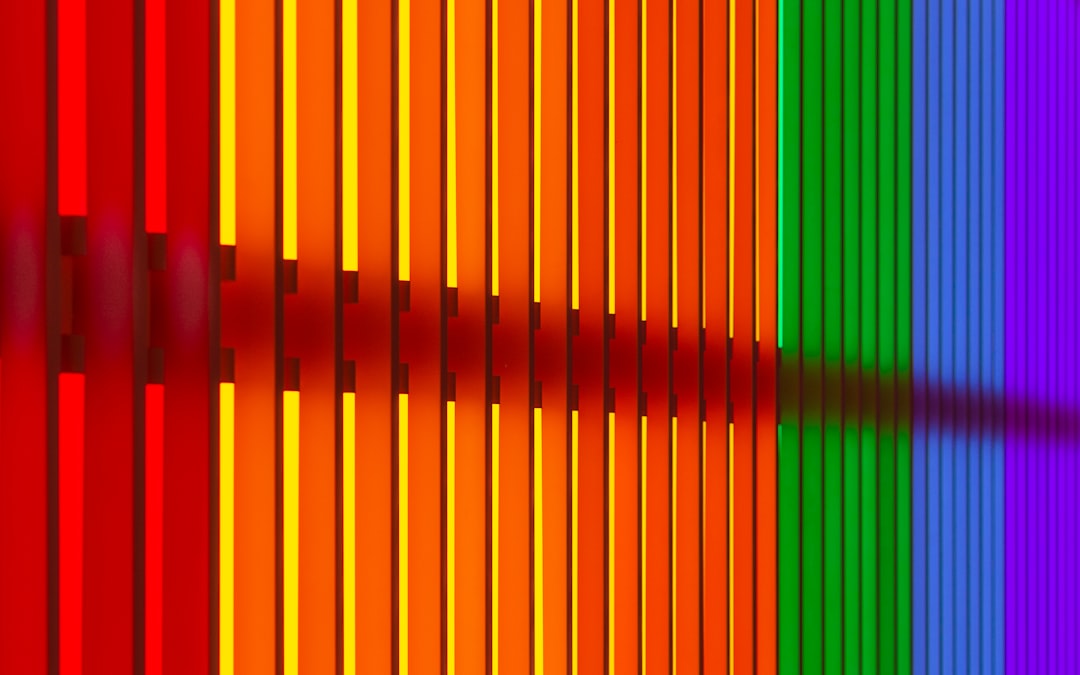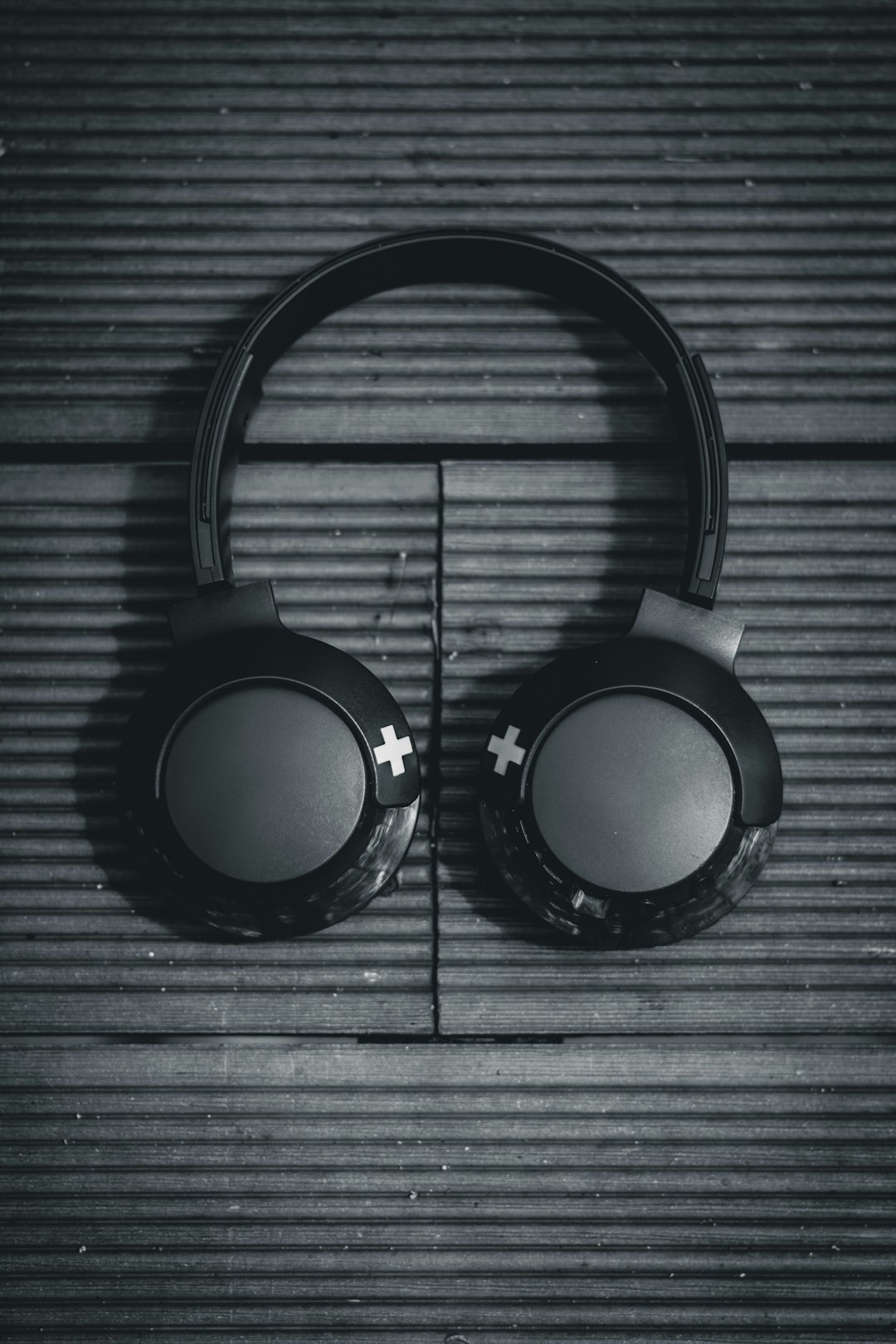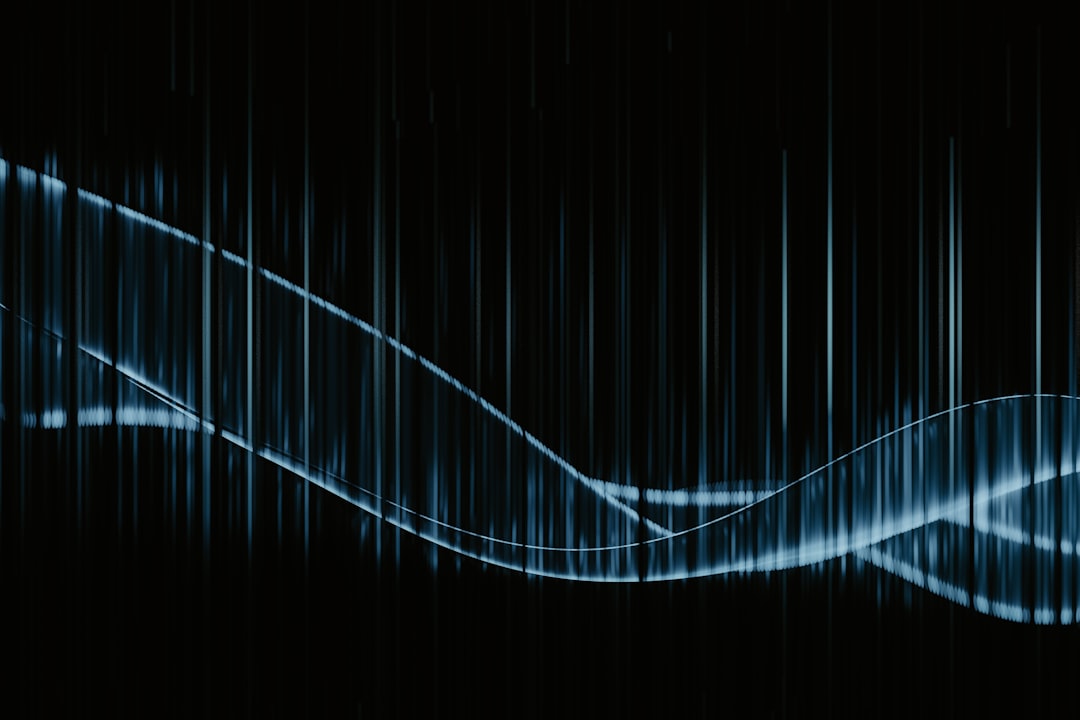Ever wondered why one song sounds crisp and full, while another sounds like it’s playing underwater? That’s where bitrate and sample rate come into play. These two things help determine how good your audio sounds. But don’t worry—you won’t need a PhD in audio engineering to understand this. Let’s keep it fun, light, and super simple.
What Is Bitrate?
Let’s start with bitrate. Think of it as how much audio data is packed into each second of sound.
Imagine audio like a pizza. A high bitrate is a pizza loaded with toppings—yum! A low bitrate? That’s a plain slice. Maybe good sometimes, but not exactly exciting.
Bitrate is usually measured in kbps (kilobits per second). Here’s a quick look:
- 96 kbps: Low quality, small file size
- 128 kbps: Standard for early MP3s
- 192 kbps: Better, but still compressed
- 320 kbps: High-quality MP3s
The higher the number, the better your music will sound. But also, the more space it will take up.
What Is Sample Rate?
Now, on to sample rate. This one’s a little trickier—but stick with us.
If audio is like a video, the sample rate is how many frames it takes per second. But instead of images, it’s tiny snapshots of sound.
Sample rate is measured in kHz (kilohertz), or thousands of samples per second.
Here are the common ones:
- 22.05 kHz: Low-quality speech or old recordings
- 44.1 kHz: CD-quality audio
- 48 kHz: Used in video production
- 96 kHz: High-definition audio
More samples mean a better representation of the original sound.

So… Which One Is More Important?
It’s like asking if the crust or the toppings matter more on a pizza. The answer? Both!
High bitrate lets you keep the detail and warmth in a song. High sample rate captures the soul and subtle tones of the original recording.
But boosting one and not the other won’t help much. You need balance.
Let’s Break It Down
Still confused? No worries. Imagine you’re recording your cat meowing. Cute, right?
- Low Sample Rate: You don’t take enough snapshots—your cat’s meow sounds robotic
- High Sample Rate: More snapshots means a smoother, more natural meow
- Low Bitrate: Your meow has static and background noise
- High Bitrate: It’s clear. You can hear the purrs!
So if you record your cat in 44.1 kHz and 320 kbps, you get a pro-level purr.
What Happens When Bitrate Is Too Low?
Low bitrate squishes your music to save space. But it also squishes the quality.
You might hear:
- Blurry instruments
- Loss of bass
- Weird echos or robotic voices
This is because bits are thrown away like crumbs from a cookie. Not cool if you love that rich, full sound.

And When Sample Rate Is Too Low?
A low sample rate can miss important parts of the sound. It chops up your music into fewer pieces. That can make it sound flat or distorted.
Especially if it’s a song with subtle instruments or vocals, things won’t sound right.
File Size vs Quality
Here’s the catch: higher bitrate and sample rate = larger files. Your phone or cloud won’t be too happy if you’re saving an HD recording of every sneeze.
So, you’ve got to find the sweet spot. Here’s a helpful guide:
- 📱 Streaming music: 128–192 kbps is fine
- 🎧 Listening with headphones: 256–320 kbps, 44.1 kHz
- 🎙️ Professional recording: 48–96 kHz, 320 kbps or higher
Use what fits your ears and your needs.
Do Humans Even Notice?
You might wonder, “Can I even hear the difference?”
Yes… and no. Many people can tell the difference between 128 kbps and 320 kbps. But going beyond that? You need trained ears or super fancy gear.
For most people and most uses, 44.1 kHz and 256–320 kbps is perfect.
When Should You Care?
You might not need high bitrate and sample rate if you’re:
- Recording a podcast
- Saving space on your device
- Listening casually
But you should care if you’re:
- Recording professional audio
- Mixing or mastering music
- Using high-end gear (hello, audio nerds!)
Streaming Services and Quality
Different services use different settings. Here’s a peek:
- Spotify: Up to 320 kbps
- Apple Music: Lossless with high bitrate options
- Tidal: Hi-Fi audio with FLAC format
- YouTube: Usually lower quality (unless it’s YouTube Music)
Some let you choose the quality in settings. If you’ve got a data plan to spare and some good headphones, crank it up!
Common Myths (Busted!)
- Myth: Higher numbers always mean better sound
Truth: Not if your ears or gear can’t tell the difference - Myth: Lossless audio is always worth it
Truth: Not always—depends on how you listen - Myth: More sample rate = better music
Truth: After 44.1 or 48 kHz, most of us can’t hear the change
So, What Should You Do?
Don’t stress over every number. Instead, trust your ears. Try listening to a song at different bitrates. Notice how it changes.
Then ask yourself:
- Do I enjoy it?
- Is it clear and rich?
- Do I need to save space?
If you answered yes to all, then congrats—you just picked the best bitrate and sample rate for you.
Final Thoughts
Audio doesn’t have to be complicated. Bitrate and sample rate may sound technical, but they’re just ways to shape your sound experience.
Make your choices based on what sounds good to you, not just what looks impressive on paper.
And whether you’re jamming out on your couch or mixing beats in the studio, the right balance will make your music pop.
So grab those headphones and let your ears be the judge!
